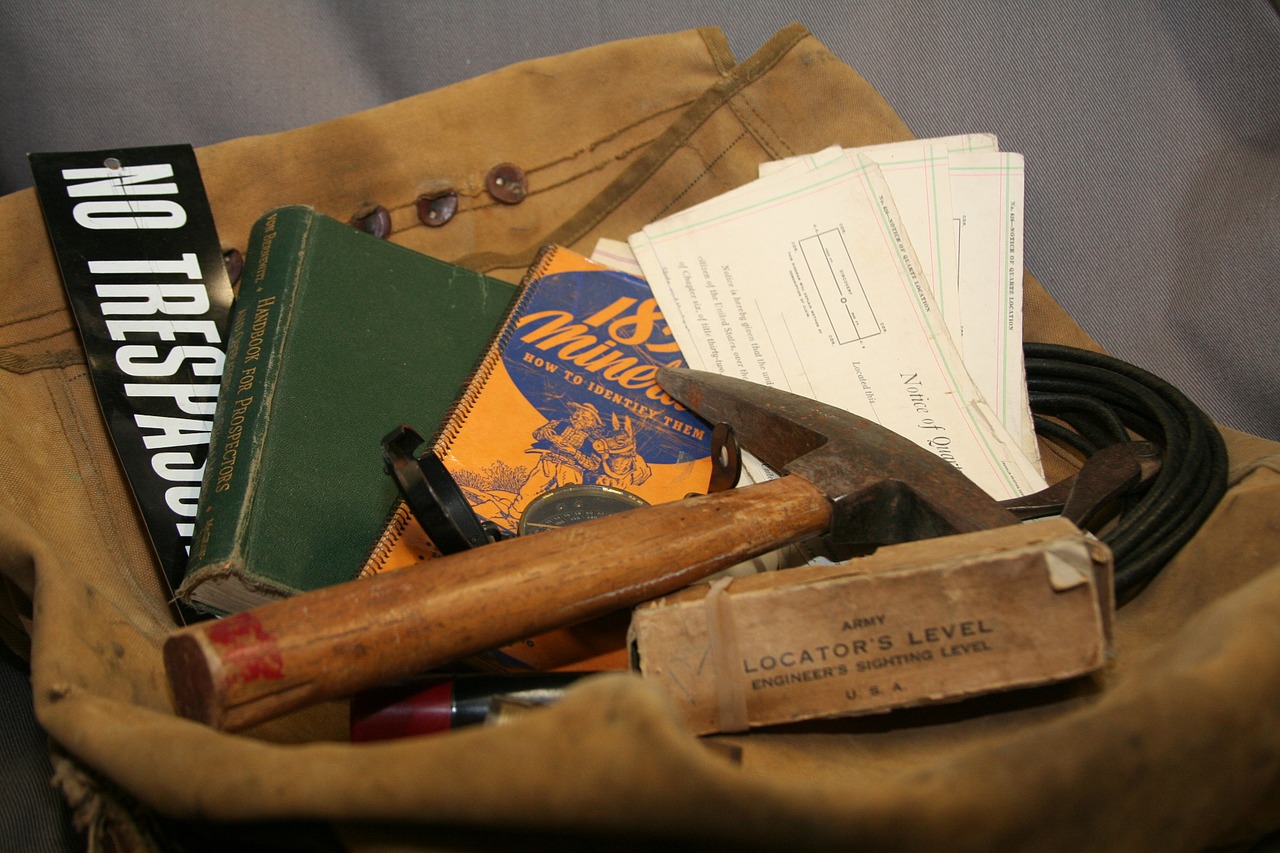
We’ve come a long way since the days of pickaxes and gold pans. Modern tools make mining a cleaner, safer, and more efficient industry.
The evolution of mining could be charted with the changing tools and techniques used to get our resources out of the ground over its centuries-long history. Since the iconic pick axe and gold pan, we’ve developed complex technologies to mine more quickly, efficiently, and safely than ever before, and from deeper and harder-to-reach deposits. Here’s a quick look at the tools fueling the mining industry today, from underground equipment to surface-level transport.
Underground Tools
There are two primary methods of mining: subsurface and surface. Each of them require a different set of tools, though both begin with a survey of the available land.
The process by which we explore the ground to find rich, mineable deposits has become increasingly streamlined, thanks to the advancement of surveying technologies. Tomographic imaging (originally designed by the medical community), GPS (first developed by the military), and improved drilling techniques have played substantial roles in boosting the effectiveness of mineral and petroleum exploration.
Once found, the process of reaching and removing those mineral deposits can begin. In underground mining for resources like coal, highly specialized machines help make this happen. With longwall mining, for example, a giant longwall machine (800 feet wide and five to 10 feet tall) shears coal from the face of a wall onto a conveyor belt for removal.
A similar tool, known as a continuous miner, chews coal from seams using a large steel drum complete with tungsten carbide teeth. These carve out the rooms in the “room and pillar” method of underground mining, and can process as much as five tons of coal in a single minute. Engineers are now incorporating robotics and remote controls to reach difficult deposits and save endangering miners from working in risky conditions.
Surface Mining Equipment
[responsive imageid=’7516′ size1=’0′ size2=’600′ size3=’1000′]Surface mines, like open pits and quarries, are much more spacious than their underground counterparts, and this breathing room is reflected in the sheer size of the tools being used. A dragline is a 2,000 ton, $100 million machine that removes an incredible amount of dirt and sand to expose the underlying minerals. The “bucket” is the size of a two-car garage and can lift hundreds of tons of material in a single scoop.
Frequently, demolition will be needed to break up the hard surface rock, so operators turn to blast hole drills to penetrate deep into the ground. There, the explosives can deliver maximum impact with limited risk. Smaller excavators and loaders are also commonly used in surface mines to remove the blasted dirt and rock, according to Kentucky Coal Education. Massive haul trucks, with wheels taller than a person and payloads of 150 tons or more, are then filled to the brim and transport the loads away from the site.
Transportation
Where those trucks are going, however, can vary tremendously in distance, and the industry depends on both land and sea to move the materials. Railroads, trucks, and ships all require unique levels of preparation to transport the minerals safely, particularly flammable petroleum.
Equally important, but often less talked about, are the maintenance tools that keep mining operations running smoothly. In particular, neglected or over-watered haul and access roads can end up damaging essential and expensive machinery, making proactive upkeep a critical imperative across the industry.
Products from Midwest Industrial Supply, Inc. like EK35®, improve the strength of haul roads with increased traffic and reduce dust by up to 95%. And Midwest’s rail lubrication products like Glidex® keep trains on track and help protect both the cargo and the environment. Most importantly, working with Midwest offers mining operators access not only to valuable tools, but also to a loyal partner — so add us to your toolbelt today and start running a more efficient and cost-effective operation.

